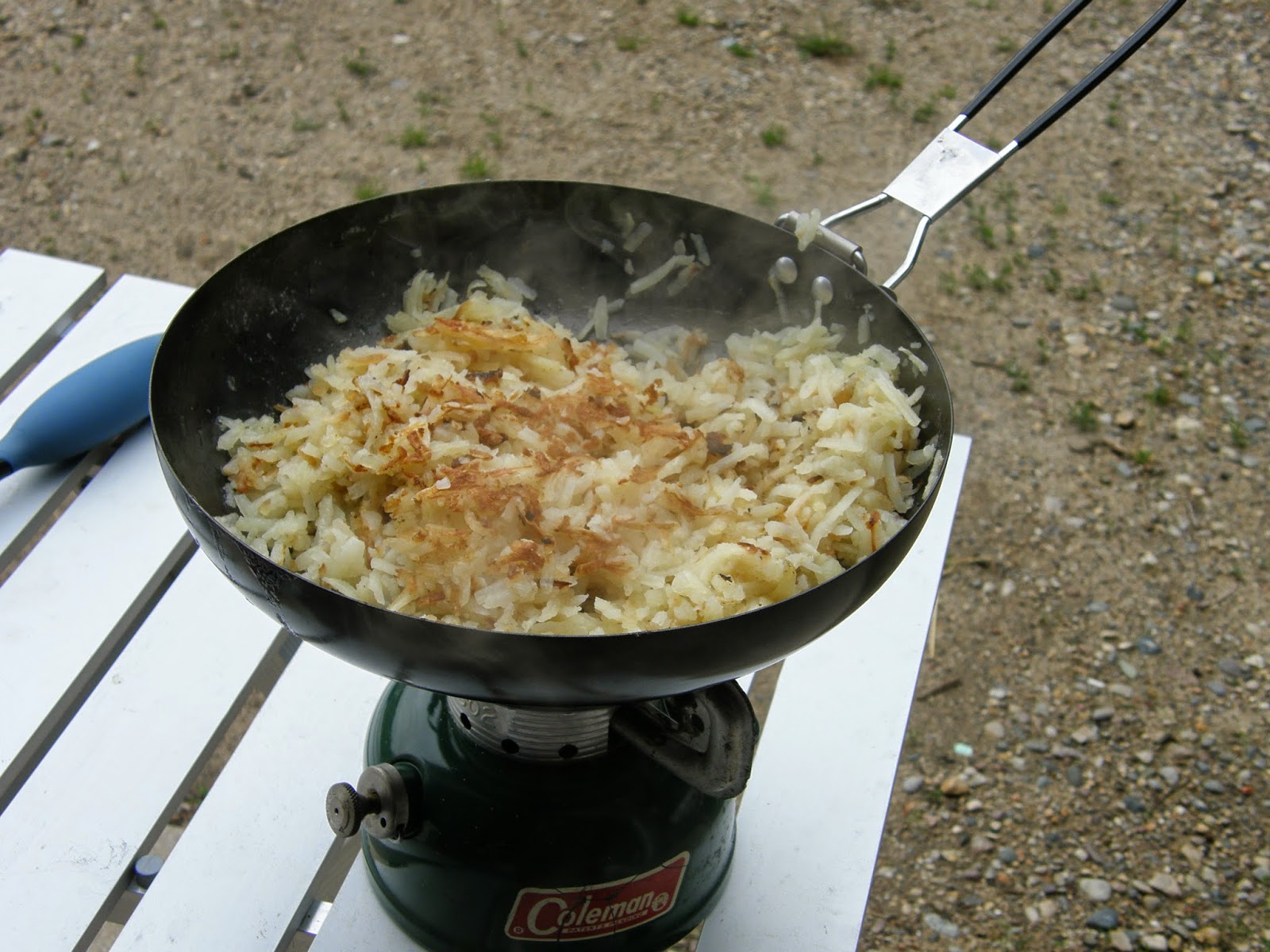I found an owners manual for the unit on this site listed under Coleman 502 Sportster Stove.
This stove runs off of Coleman fuel. I learned that only Coleman fuel should be used in this stove, since regular gas or anything else will have additives that will gum up the interior. I bought a gallon at Meijer for $14.
This forum was helpful: http://www.colemancollectorsforum.com/?forum=181081
I needed a funnel, and from looking at other people's pictures, the funnel that came with these units looked familiar. I looked in my box of oil changing stuff and found this...
Absolutely amazing! I've had this funnel in with my tools since my early college days. I have no idea how this got mixed in with my stuff, but this must be Dad's original funnel. I gave it a nice cleaning and now it can go back to it's intended purpose. And having this funnel sure makes pouring the gas so much easier - it is very stable in the filler hole. I did not bother to use a filter in the funnel.
Next it was time to fire it up. Here is a quick summary of how I do it.
- Make sure the shut off valve is closed, (red wheel turned clockwise until it stops)
- Turn the plunger knob counter clockwise 2 or 3 revolutions.
- Put thumb over hole on plunger knob, extend knob out from unit and pump (I only do 15 pumps).
- Turn plunger knob clockwise until it stops, (you do not have to keep your thumb on the hole, nor does the knob have to be fully retracted when you do this. Just push it into the unit with the hole uncovered when you are done).
- Turn the red cleaner-regulator lever a couple of revolutions, the direction does not matter. Leave the lever pointing away from the stove.
- Get your lighter or match ready, (flame it), then open the red shut off valve 1/4 turn counter clockwise. You should hear hissing.
- Immediately place match down in the fire bowl and it should catch. The flame of the stove will be a couple inches tall and yellow.
- After a minute or two, the flame will shorten and turn blue, then fully open the shut off valve counter clockwise.
- To adjust the flame height, turn the red cleaner-regulator lever.
Pumping the plunger...
Opening the shut off valve while ready to quickly light...
The yellow flames have died down a bit and are starting to turn blue...
It is hard to see the blue flame in the daylight, but the stove is ready for cooking.
Heating water...
Cooking hash browns. The fry pan is too wide, but with frequent turning, cooked wonderfully.
Yum!!





































